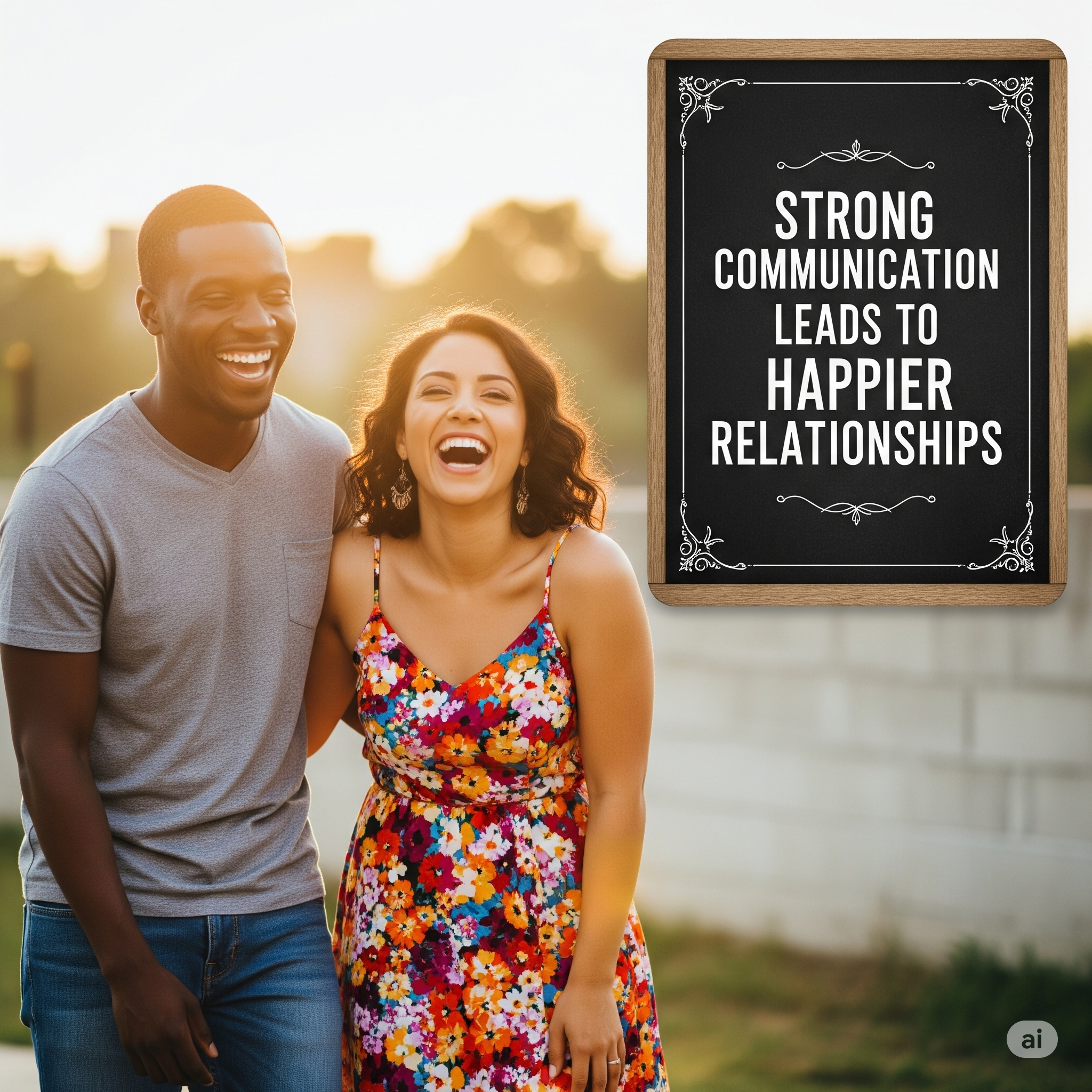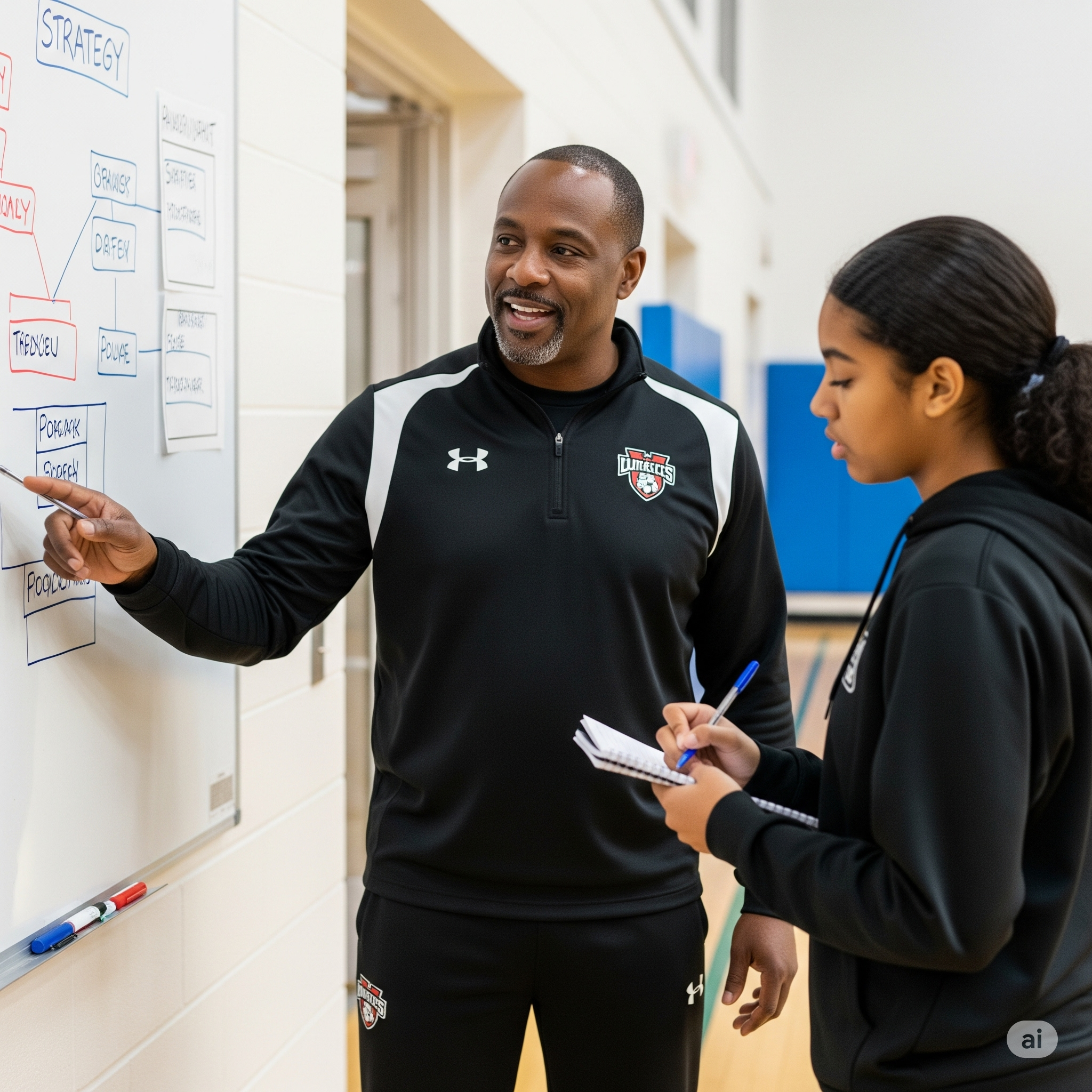
Struggling with misunderstandings? Learn how to communicate better in a relationship with practical tips, active listening techniques, and conflict-resolution strategies.
Introduction
Communication is the backbone of every strong relationship. Yet, many couples struggle with misunderstandings, arguments, and emotional distance simply because they don’t know how to communicate better in a relationship.
Whether you’re dating, in a long-term partnership, or even navigating friendships, improving communication can deepen trust, reduce conflicts, and strengthen emotional intimacy. In this guide, we’ll break down practical strategies to help you express yourself clearly, listen effectively, and resolve conflicts like a pro.


Why Communication Matters in Relationships
Good communication isn’t just about talking—it’s about connecting. When partners communicate well, they:
- Build deeper emotional bonds
- Resolve conflicts faster
- Feel more understood and valued
- Avoid unnecessary misunderstandings
Poor communication, on the other hand, leads to resentment, frustration, and even breakups. here is lack of emotional intimacy and how it effects communication in the relationship.
How to Communicate Better in a Relationship: 10 Proven Strategies
1. Practice Active Listening
Most people listen to respond, not to understand. Active listening means:

- Maintaining eye contact
- Nodding and giving verbal cues (“I see,” “Go on”)
- Avoiding interruptions
- Reflecting back what you heard (“So you’re saying…”)
2. Use “I” Statements Instead of “You” Accusations
Saying “You never listen to me!” puts your partner on defense. Instead, try:
- “I feel unheard when I’m interrupted.”
- “I get frustrated when plans change last minute.”
3. Be Clear and Direct (But Kind)
Avoid vague hints or passive-aggressive remarks. If you need something, say it plainly:
- ❌ “You’re always on your phone.”
- ✅ “I’d love if we could have phone-free time during dinner.”
4. Pay Attention to Nonverbal Cues
Body language, tone, and facial expressions matter. A crossed arm or sigh can say more than words.
5. Schedule Regular Check-Ins
Set aside time weekly to discuss feelings, concerns, and relationship goals without distractions.
6. Avoid the Four Toxic Communication Styles (Based on Gottman Institute Research)
- Criticism (Attacking character)
- Contempt (Sarcasm, eye-rolling)
- Defensiveness (Making excuses)
- Stonewalling (Shutting down)

7. Learn Your Partner’s Love Language
People express love differently. Discover if they prefer:
- Words of affirmation
- Quality time
- Acts of service
- Gifts
- Physical touch
8. Manage Conflict Constructively
Arguments are normal, but how you handle them matters. Try:
- Taking a timeout if emotions run high
- Focusing on the issue, not personal attacks
- Finding compromises
9. Express Appreciation Daily
Small gestures like “I appreciate you cooking dinner” reinforce positivity. fiveer
10. Seek Professional Help if Needed
If communication feels impossible, couples therapy can provide tools to reconnect.


Common Communication Mistakes to Avoid
- Mind-reading (Assuming you know what they think)
- Bringing up past issues (Stay focused on the present)
- Ignoring problems (Bottling up leads to explosions)
Real-Life Examples of Better Communication
- Example 1: Instead of “You’re so lazy!”, say “Can we split chores more evenly?”
- Example 2: Instead of silent treatment, say “I need time to cool down, but let’s talk later.”
Final Thoughts
Learning how to communicate better in a relationship takes effort, but the rewards—deeper connection, fewer fights, and lasting love—are worth it. Start small: listen more, speak kindly, and stay open. read more from here.
Ready to improve your relationship? Pick one tip from this guide and practice it today!





